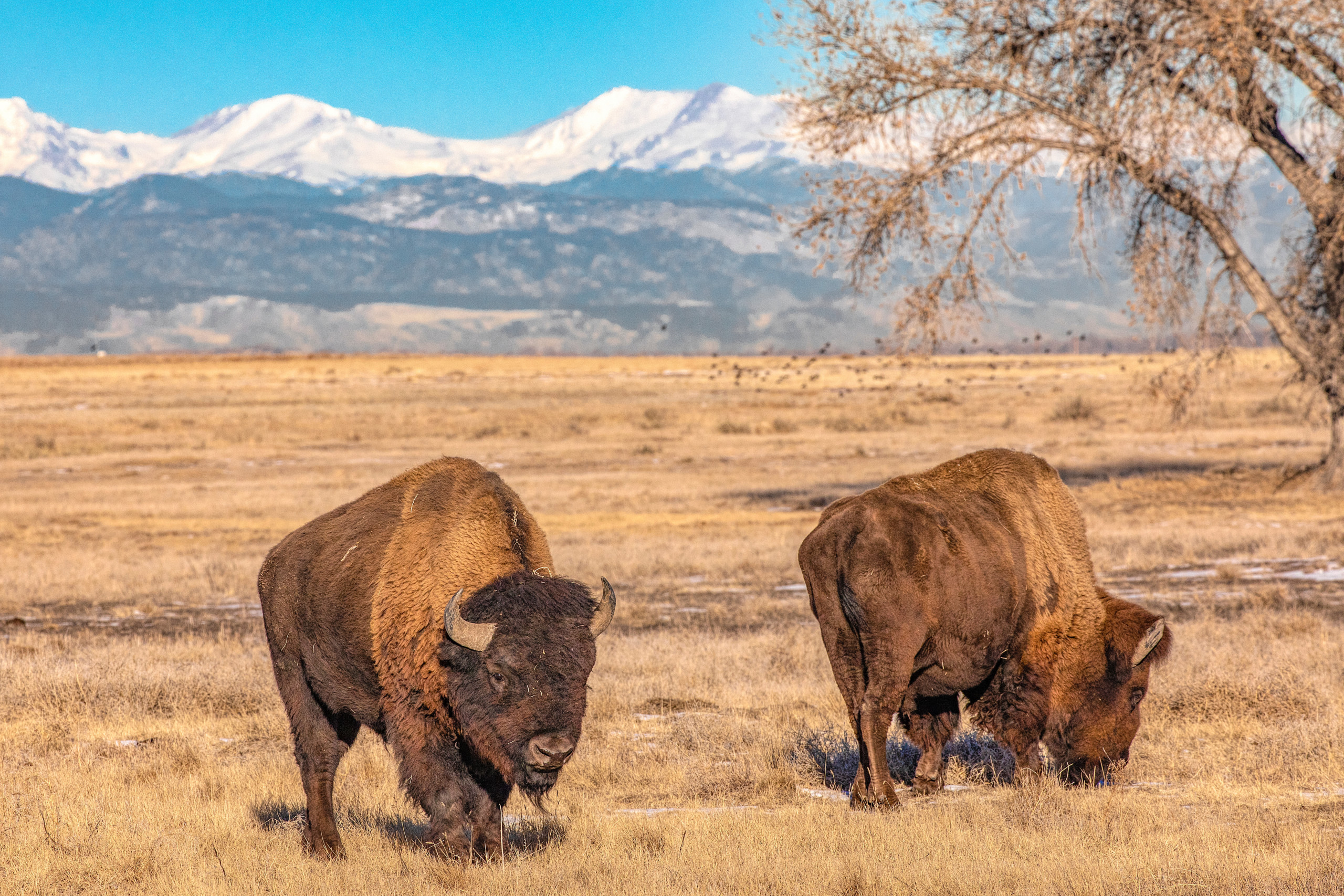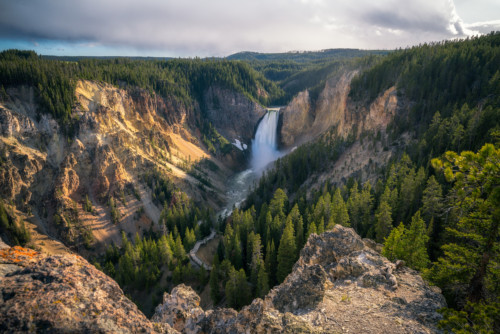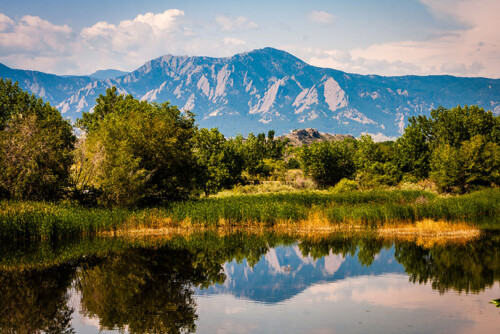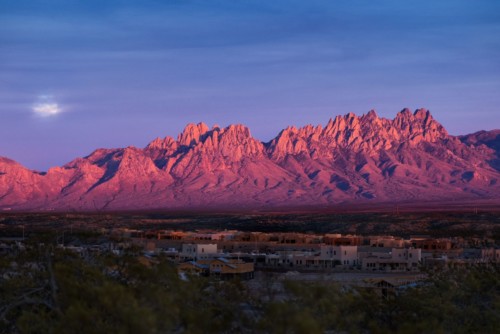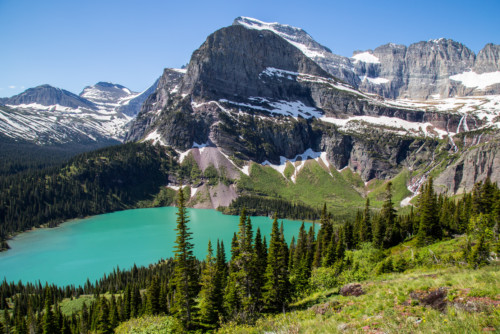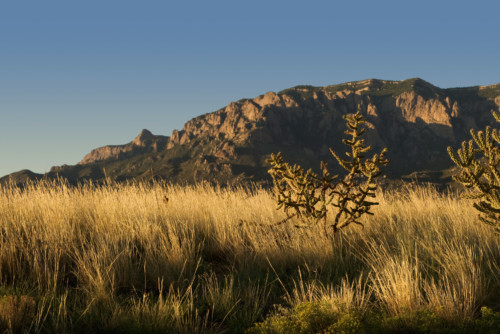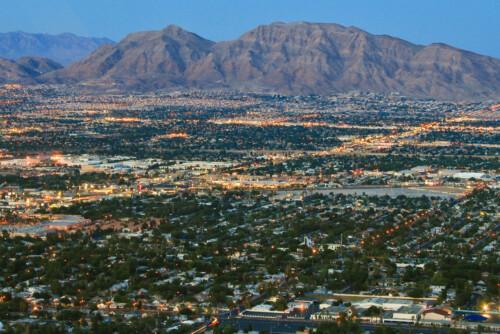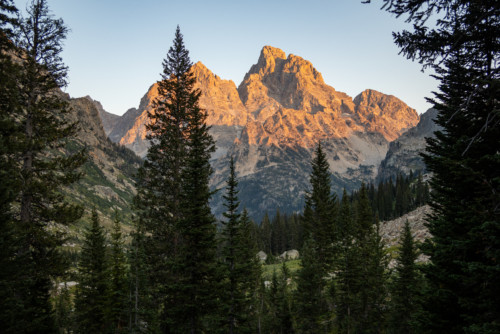After the holiday season, I’m always happy to return to my daily routine. Don’t get me wrong, I love seeing family and friends and enjoying the special foods of the season. However, the year-end hustle and bustle helps me appreciate the quiet of my cabin in February and its simple pleasures, like catching sight of a masked ermine or a deft red fox dashing across the snow.
Unfortunately for the ermine, fox, and so many other species, humans’ use of land for food production and development is driving biodiversity loss. According to the United Nations, “human activity has already altered over 70% of all ice-free land.” When combined with warming temperatures, development and climate change are propelling a dire loss of plants and animals.
Fortunately, states have a powerful tool that can significantly help protect biodiversity. By using legislation and ballot measures to generate public funds for conservation priorities, states can accelerate the protection of vital habitat and safeguard biodiversity in a warming climate. Conservation financing can fund important efforts such as purchasing land to create protected areas, funding restoration of degraded habitats, creating matching funds to secure additional federal resources, and establishing ecological and economic benchmarks that drive sustainable land use.
Over the past two years, WRA developed policy opportunities and started coalitions that resulted in $110 million in appropriations to conservation in Colorado and $95 million in New Mexico following on the heels of federal aid to states. Through the designation of watersheds as Outstanding National Resource Waters and protections to streams added by the reformed Colorado Oil and Gas Conservation Commission, WRA secured new or added protections for approximately 6.75 million acres in Colorado and over 1 million acres in New Mexico. These important wins illustrate the enormous potential of how effective state policy and conservation financing can accelerate land conservation.
We still have a long way to go — nearly 2 million acres of state trust lands in Colorado have no protection from oil and gas and other mineral development. Colorado has the most robust conservation funding in the Interior West, with the Great Outdoors Colorado program investing over $60 million per year in conservation programs through lottery revenues, and the new Colorado Wild Pass hoping to generate another $30 million. However, we need to grow the state’s investments in land conservation by at least an additional 50% to adequately protect land at a scale that will support resilient biodiversity.
New Mexico is home to one of the most diverse landscapes in the U.S., yet with no permanent source of conservation funding, the state is abandoning millions of available federal funds on the table each year and leaving lands critical to habitat, wildlife, and recreation and important cultural sites unprotected. These lands and waters play a critical role in the cultural and economic lives of those who call it home. Nine million acres of New Mexico state trust lands lack any kind of legal protection, and New Mexicans have inequitable access to those places. WRA is helping shape a widely supported conservation funding bill during the 2023 legislative session that would be the largest investment in climate resiliency in state history.
Conservation financing is an essential tool for meeting our ultimate goal of protecting 30% of Western lands in each major ecoregion by 2030 and ensuring mechanisms are in place to achieve 50% protection by 2050. That’s why WRA is prioritizing our efforts to develop and secure conservation funding over the next three years. Raising and managing capital to support land, water, and resource conservation is an important lever that states can and should use to accelerate habitat protection. WRA will work regionally and on the ground in seven Western states to develop and integrate conservation financing into state policies, strategies, decisions, and plans — ensuring it is successfully used to protect the lands we love, increase climate resilience, improve equitable recreational access, protect cultural sites, and preserve biodiversity.
Jon Goldin-Dubois, WRA President

